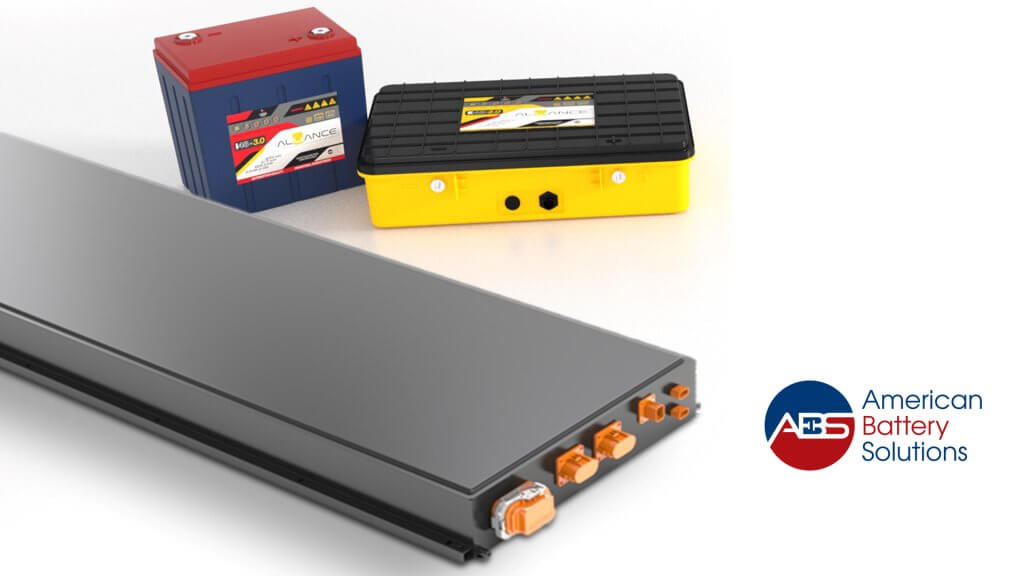
Contactless Smart Card Market to See 30% CAGR to 2019
The growing need to diminish identity duplication and forgery cases has resulted in remarkable growth in the Global Contactless Smart Card Market, a new report from ReportsnReports.com found. The analysts forecast the Global Contactless Smart Card market to grow at a CAGR of 30.31% over the period 2014-2019.
The report covers the present scenario and the growth prospects of the Global Contactless Smart Card market for the period 2015-2019. To calculate the market size, the report considers revenue generated from the sales of contactless smart cards. The report also covers the global shipment details of contactless smart cards.
A smart card is a pocket-sized card, made of plastic, which is embedded with integrated circuits or microchips. It is used for authentication, identification, data storage, and application processing.
Smart cards are classified into two types: contact-based and contactless. Contactless smart cards are embedded with integrated circuits that process and store data and communicate with a terminal via radio frequencies. These cards are used by employing a radio frequency between the card and the reader that needs no physical insertion of the card. Therefore, contactless smart cards have faster applications and are user-friendly. Contactless smart cards are widely accepted and used by major sectors such as BFSI, Government, Transportation, Healthcare, and Defense.
According to the latest report, the number of fraud and forgery cases has increased as technology progresses. Contactless smart cards can provide a one-stop solution to the issue, as these cards are accessed with the help of a PIN and are not easy to decode. Because the information is stored on a parent system, this PIN becomes exceptionally difficult to interpret.
Several government organizations are making contactless smart card technology mandatory for passports and driver’s licenses, as it reduces the risk of data theft or identity duplication.
Furthermore, the latest report emphasizes the increased adoption of smart cards in developing countries, which is expected to support market growth. Government agencies in countries like India are increasingly adopting these cards for use as driver’s licenses, e-passports, identity cards and voter ID.
Many developing countries are also launching twin smart cards, which are a combination of contactless and contact interfaces and are very easy to handle.
To view the full report, click here.





















